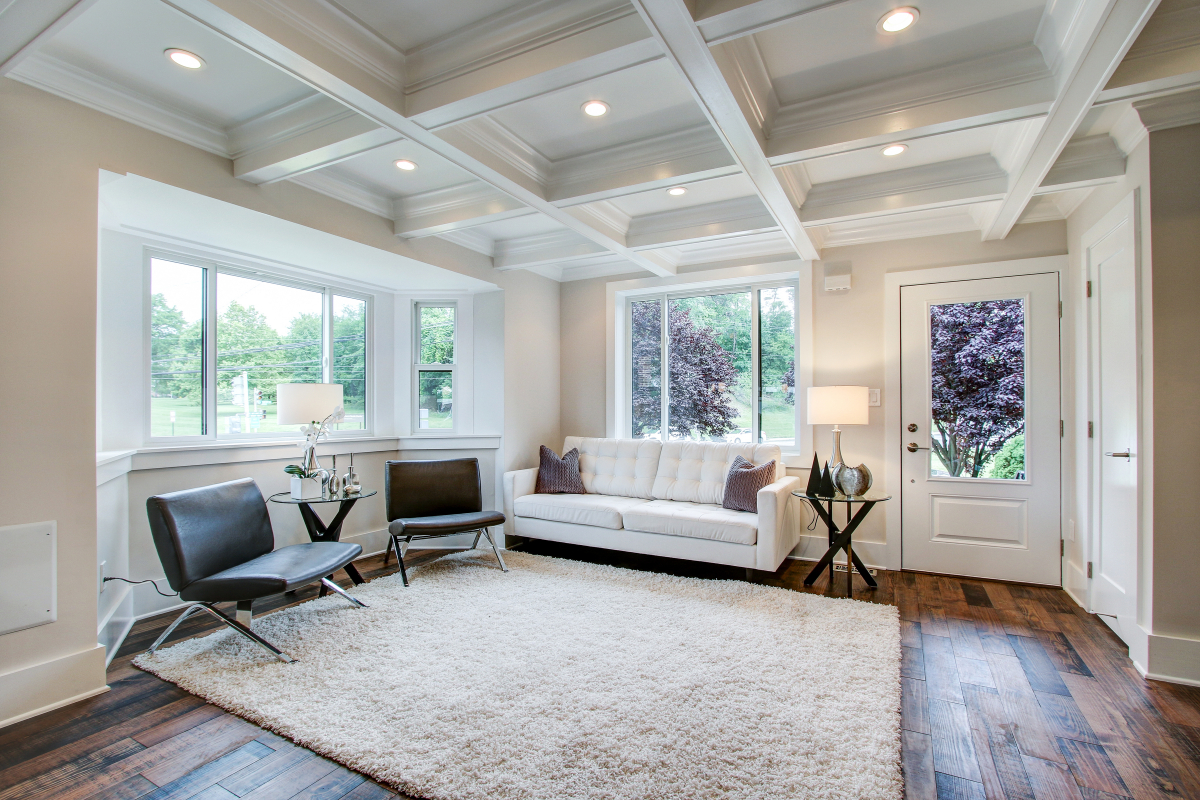How To Choose Between Floating And Traditional Flooring
- Published By: District Floor Depot

You’re getting ready to replace your home’s flooring but still have a couple of decisions to make. Do you want floating or traditional floors? There are many reasons why you may wish to have one over the other. Here, we’ll discuss what a floating floor is, how it differs from traditional floors and where each flooring option may work best in your home.
What Is the Difference Between Floating and Traditional Flooring?
When you decide on remodeling your floors, you’ll need to consider how you want them installed. The terms “floating flooring” and “traditional flooring” refer to the installation process rather than the flooring material.
Floating floors are often planks of flooring that click together like a puzzle. The mechanics of floating floors make them easy to install since they lay on top of the subfloor and aren’t attached. There is also an option to install tongue and groove flooring with floating method. Specific adhesive would be needed for this option.
Traditional or fixed floors are different. Fixed floors are a more permanent option for flooring, as they can’t move once installed. They are attached to the subfloor with glue or nails so the floorboards stay down.
Which Flooring Is Best for Each Room?
Choosing the best type of floor for each room in your home is important since you want the type and material to work with your everyday activities and match your home’s aesthetic. The installation process is another factor you need to consider. Floating and fixed floors each have their own benefits and work for different rooms.
Floating
Floating floors have many advantages. Softer Feel – some of the floating floor may have soft cushion underlay attached in the bottom of the planks and if not soft underlay is installed under to avoid hard surface to hard surface contact.When walking on floating floors, you may notice some flexibility and give in the floor. This is a result of the air cushion between the floating floor and the substrate. This can make it more comfortable, and can also be easier on the knees and the back.Save Money & Time – Installation often is easier and require minimal tools at the same time removal when needed is faster and more cost effective. i.e no additional glue removal etc. One popular choice in this category is vinyl plank floating flooring, which mimics the look of hardwood but is waterproof and softer to the touch.
While there are many benefits of floating floors, there are also some disadvantages. Floating floors can be noisier if there is no underlayment installed, and their additional transitions may be needed to complete installation in large areas or going in and out of multiple rooms.
Fixed
One of the main benefits of traditional floors is that they’re durable and can last a long time. Right flooring choice installed in the adequate part of the house using proper tool and accessories should perform well over time. Typically hardwood is installed with nail or staple fasteners designed for hardwood over plywood construction. Over concrete where moisture will always exist, it is often glued over the concrete. Many vinyl flooring come in square edge and can be glued over top of wood or concrete sub-floor. Hardwood is a popular choice for traditional flooring installation because it withstands high foot traffic and can be refinished when it wears. While fixed floors are a durable choice, hardwood is more vulnerable to water damage and will require some maintenance to ensure their longevity.
Let Us Help You Choose
At District Floor Depot, we have an expert flooring installation team. We can help you decide between floating versus nailed-down flooring based on your lifestyle and plans for your home. To discuss your floor installation options with one of our professionals, contact our team today!
